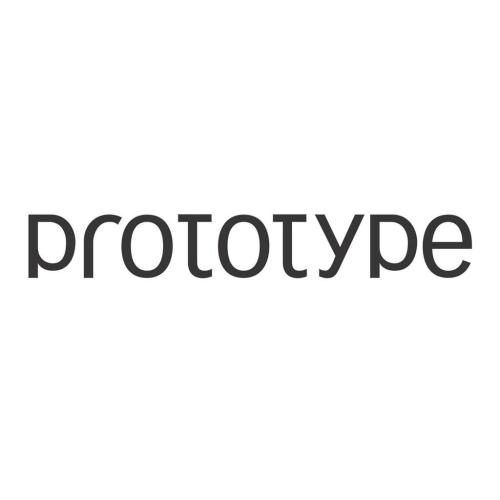3D object detection networks tend to be biased towards the data they are trained on. Evaluation on datasets captured in different locations, conditions or sensors than that of the training (source) data results in a drop in model performance due to the gap in distribution with the test (or target) data. Current methods for domain adaptation either assume access to source data during training, which may not be available due to privacy or memory concerns, or require a sequence of lidar frames as an input. We propose a single-frame approach for source-free, unsupervised domain adaptation of lidar-based 3D object detectors that uses class prototypes to mitigate the effect pseudo-label noise. Addressing the limitations of traditional feature aggregation methods for prototype computation in the presence of noisy labels, we utilize a transformer module to identify outlier ROI's that correspond to incorrect, over-confident annotations, and compute an attentive class prototype. Under an iterative training strategy, the losses associated with noisy pseudo labels are down-weighed and thus refined in the process of self-training. To validate the effectiveness of our proposed approach, we examine the domain shift associated with networks trained on large, label-rich datasets (such as the Waymo Open Dataset and nuScenes) and evaluate on smaller, label-poor datasets (such as KITTI) and vice-versa. We demonstrate our approach on two recent object detectors and achieve results that out-perform the other domain adaptation works.
翻译:3D 对象探测网络往往偏向于它们所培训的数据。对在不同地点、条件或传感器中采集的数据集比培训(源)数据(源)数据的不同地点、条件或传感器中采集的数据集的评价导致模型性能下降,原因是测试(或目标)数据在分布上存在差异。 当前的领域适应方法要么假设在培训期间访问源数据,可能由于隐私或记忆问题而无法获得,或者需要一系列的里达尔框架作为输入。我们建议对基于利达尔的3D对象探测器进行无源、不受监督的域域适应,使用类原型来减轻假标签噪音的影响。解决在噪音标签存在时原型计算传统功能集集方法的局限性,我们使用变异器模块来识别与不正确、过于自信的注释相对应的ROI外源数据,并配置一个关注的班级原型。在迭代培训战略下,与杂音假标签标签相关的损失被缩小,从而在自我培训过程中精细地改进。为了验证我们拟议的方法的有效性,我们检查与在大域域域域内所培训的网络相关的域图相关的最近域变换工作,以显示大标签和低的数据格式。




